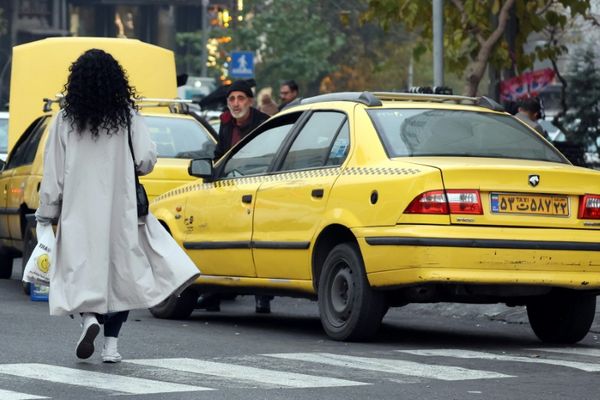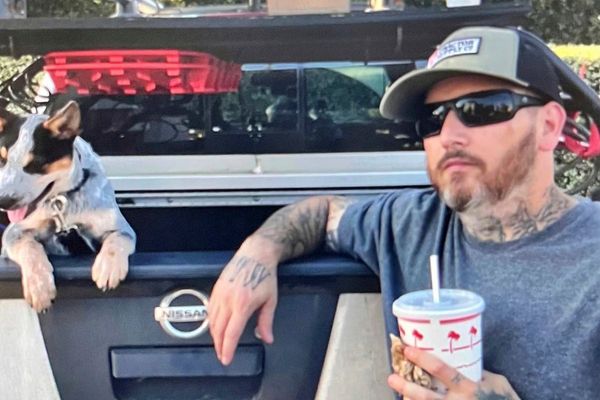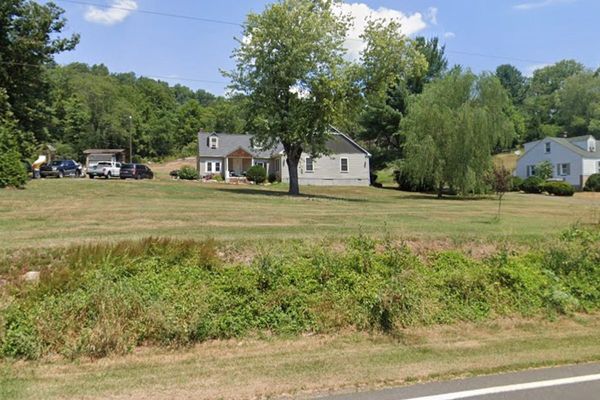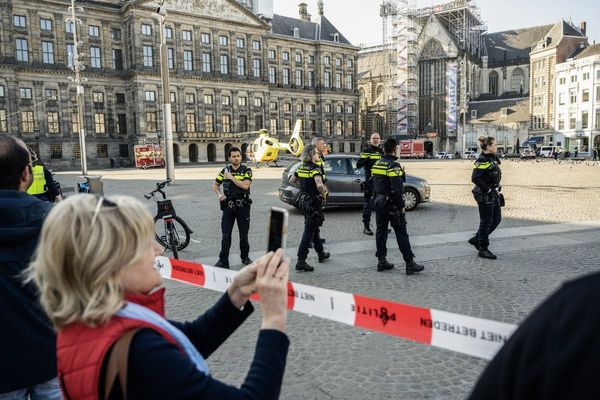





THERE'S some dense bush in the Wollemi National Park, some scenic settings and landscape that contorts visions - an ideal setting for an artist residency program.
This year that has happened, for the first time, in a joint exhibition program by Muswellbrook Regional Arts Centre and Singleton Arts and Cultural Centre called Viewpoints: Wollemi National Park. The collaboration was an extension of the Muswellbrook gallery's existing artist residency program.
Muswellbrook Regional Arts Centre director Elissa Emerson says "Wollemi remains relatively uncelebrated" locally, despite the fact that it accounts for more than 40 per cent of the two local government areas.
Both the Muswellbrook and Singleton regions are more likely to be associated with the land-reshaping practice of open-cut mining, while Wollemi is internationally noted as the name of an ancient (dinosaur-era) species of pine tree discovered in the park in relatively recent times, back in 1994.
Wollemi is also the second largest National Park in NSW, stretching from the Hunter Valley along the Great Dividing Range to the Blue Mountains, and takes in a zone that is the largest designated wilderness area in Australia and part of a UNESCO World Heritage listing.
Five artists were invited to the residency: Travis De Vries (multi-disciplinary artist and Gamilaroi man who created soundscapes); Mark Dober (a landscape artist from Castlemaine, Victoria); Cessnock Indigenous weaver Michelle Earl; Marie Mansfield (a Sydney-based tonal realist painter originally from New Zealand); and landscape painter Rebecca Rath, who resides in Pokolbin.
Dober, Mansfield and Rath travelled as a group and worked en plein air mode, painting on the spot.
Mansfield is an oil painter and even does her outdoors sketching in the slow-drying medium. She arrived with 30-centimetre-square wooden panels and matching scale pizza boxes to transport her works in as they dried.
"I took those back to the studio and they were my colour markers," Mansfield says.
"I trust my observations and work within a limited colour palette. For me it was the question of that area, and the particular spot, little things that I thought were unique to that particular spot."
Gaining those outsider perspectives was one aim of the exhibition, as was taking artists into the unfamiliar.
"That's part of the purpose of the artist in residency program," Emerson says.
Some of the bush sites visited lacked the traditional sense of the scenic and instead offered deep immersion wilderness.
But part of the "powerful impact of this place", according to Wollemi National Park ranger Shane Forty, is that it's also one of the few places within close proximity to urban life where you "can experience the total absence of signs of modern human intervention within a 360-degree view, even from the highest vantage points".
Mansfield says the Wollemi wilderness was like nothing she had ever encountered; there was a "uniqueness" to the undulations in the land.
"There were some hills, escarpments, I had to really document them," she says.
"I had to get that shape because it was so unusual - something caught my eye as unusual to me, like someone from the area wouldn't think twice about."
Many areas were the non-signposted terrain of "local knowledge", Emerson says. Access also had to be granted across private land, to allow the artists to visit sites that were "distinctly different, with different land forms and forest types".
Earl took a different approach to knowing the land, getting down on her hands and knees to find the minutiae of the undergrowth. She found lichens and tiny fungus "no bigger than your thumbnail".
As well as making baskets capturing the essence of delicate flora with "airy, lacy weave", Earl made works that noted previous human visitation and the marking out of territory - a tea set made with toilet paper rolls, and sculptures woven in fencing wire.







